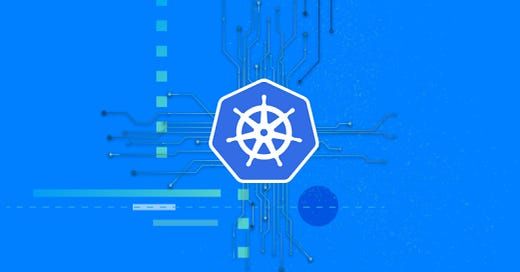Third-Party Operators in Kubernetes: A Security Perspective
A bite-sized security review on Kubernetes third party operators
Third-party operators in Kubernetes can be incredibly powerful, especially when it comes to handling "Day 2 Operations" like automatically ensuring resources are reinstated when deleted and ensuring everything continues to function correctly. These operators can save a lot of time and effort but also present significant security risks if compromised.
In order for operators to automate tasks, they typically need the ability to interact with the Kubernetes API. Traditionally, this was accomplished by mounting the service account token directly into the object, enabling the operator to authenticate with the API server.
However, this approach has a serious security flaw: the service account token can be easily accessed within the pod using the following command:
$ cat /var/run/secrets/kubernetes.io/serviceaccount/token
An attacker who gains access to this pod could use the token to execute malicious actions, causing significant damage.
The Improved Approach
With Kubernetes v1.24 and later, the system no longer automatically generates a bearer token for a service account upon its creation. This update aims to improve security by reducing the risk of long-lived tokens being exposed.
The recommended approach?.. The use of short-lived tokens for service accounts. These tokens are created dynamically when needed, with a specified expiration time, limiting the window of time in which an attacker could misuse them.
To create a short-lived token for a service account, use the following command:
$ kubectl create token sa-saed-api --duration 10m
These short-lived tokens provide temporary access and mitigate the risk of long-lived tokens being exposed. Be sure to store these tokens securely (e.g., in a password manager) to maintain the integrity of your system.
Additionally, to enhance security, it's important to disable automatic token mounting in operator pods. This can be done by setting automountServiceAccountToken: false in the pod specification. Instead of relying on the mounted service account token, authenticate the operator using the short-lived token. This reduces the risk of token exposure within the pod.
By using short-lived tokens and disabling automatic mounting, you can significantly improve the security posture of your Kubernetes environment while still enabling operators to perform necessary tasks.
Advantages of Short-Lived Tokens:
Reduced Exposure: Tokens expire quickly, limiting the damage if compromised.
Improved Security: Tokens can be rotated regularly, making it harder for attackers to reuse them.
Granular Access: Short durations allow for fine-tuned access control based on specific tasks.
No Persistent Secrets: Kubernetes no longer generates a service account token secret by default, reducing the risk of mishandling.
Best Practices for Token Management
Secure Storage: Store tokens securely in a password manager, Kubernetes Secrets, or a vault service.
Token Rotation: Automate token rotation to replace expired tokens in production environments.
Monitor Usage: Use audit logs to track token activity and detect unusual behavior.
Least Privilege: Grant service accounts only the permissions they need to minimize risk.
Limit API Access: Use RBAC to restrict operator access to only necessary resources.
Alternative Authentication: Consider Webhook Token Authentication or IAM integration for extra security layers.
Do you have third party operators in your environment? Let me know in the comments section!




